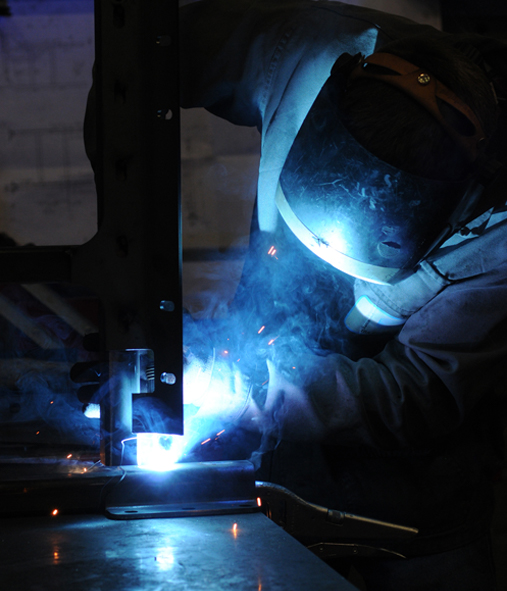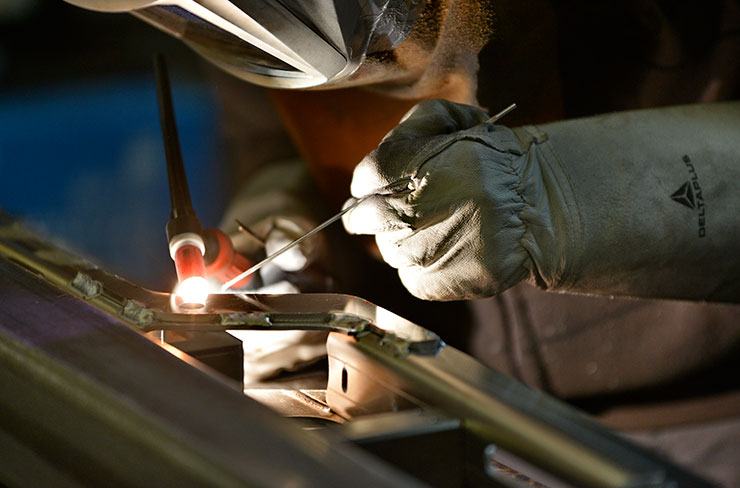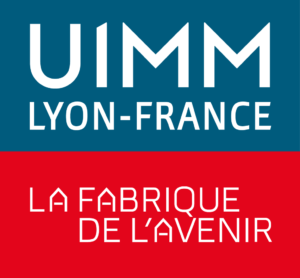ISO 3834 standard and fusion welding of metallic materials
The ISO 3834 standard demonstrates the quality of welding carried out by a company, both in the workshop and on site. A certified company is thus able to produce high-quality welds and ensure their traceability.
Fusion welding is a process in which metallic materials are heated to their melting point. When they cool, they form a solid bond. A distinction is made between flame, laser, electron beam and arc welding.
This type of welding is an essential stage in the manufacture of many types of equipment. This certification meets the needs and expectations of manufacturers. It is now recognized worldwide in all sectors of activity.
But what exactly is EN 3834 certification? What are the advantages for companies? And how do you get certified? TRA-C industrie tells you more about the challenges and applications of this standard in the metalworking industry…
What is ISO 3834?
ISO 3834 standard, entitled “Quality requirements for fusion welding of metallic materials”, is an international standard. It establishes a quality management system for fusion welding processes of metal structures.
This certification is drawn up by the International Organisation for Standardisation (ISO). Its aim is to guarantee consistent, controlled quality of assemblies produced by mechanical welding or industrial sheet metal work, for example.
ISO 3834 is divided into several parts which define different levels of requirements, depending on the application and industry:
- ISO 3834-1: Criteria for selection of an appropriate level of quality requirements. This section provides a general overview of the ISO 3834 series. It also covers the parameters to be considered when selecting a suitable level of quality.
The following 3 standards define the 3 levels of requirements for certifying the quality of fusion welding of metallic materials, both in the workshop and on assembly sites:
- ISO 3834-2: Full quality requirements
- ISO 3834-3: Normal quality requirements
- ISO 3834-4: Basic quality requirements
- ISO 3834-5: Documents it is necessary to comply with in order to declare conformity to quality requirements. This section specifies the international standards used to declare conformity to the requirements of ISO 3834-2, 3 and 4.
- ISO 3834-6: Guidelines for the implementation of the ISO 3834 series. Finally, this document helps users select the appropriate part of the ISO 3834 series, assuming they are already familiar with it.
What are the requirements for EN 3834 certification?
The ISO 3834 standard enables the introduction of a quality management system covering all stages of the production chain. To comply with it, 22 requirements must be met, divided into five main areas:
- Quality: ensuring that welding processes consistently produce high-quality welds;
- Skills of stakeholders: ensuring that welders, inspectors and all other parties involved have the necessary qualifications and skills;
- Management: setting up effective management systems to supervise and control welding processes;
- Organization: structuring operations to optimize efficiency and quality, including coordination between different teams and departments;
- Controls: carrying out inspections and tests throughout the manufacturing process, from raw materials to the finished product.
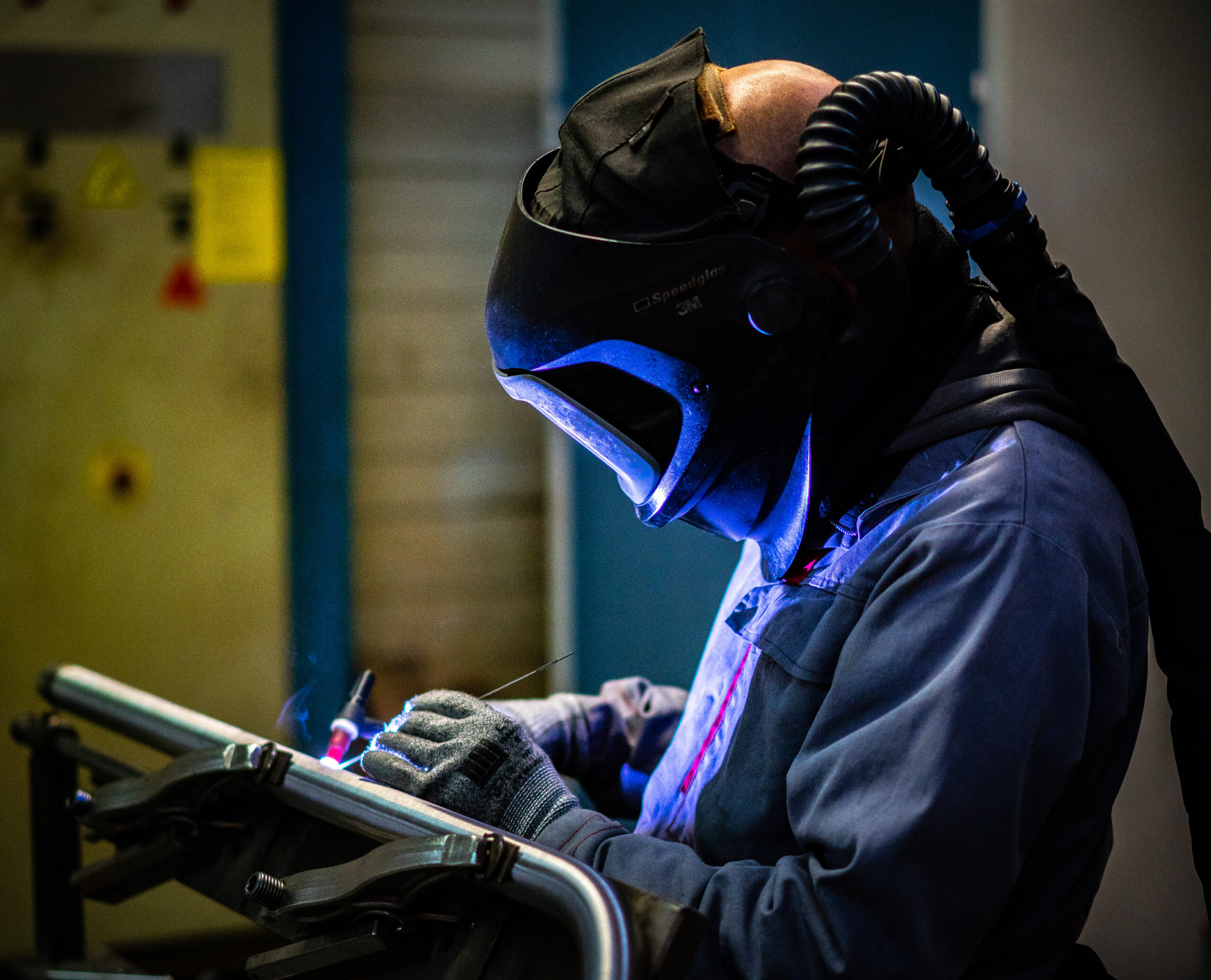
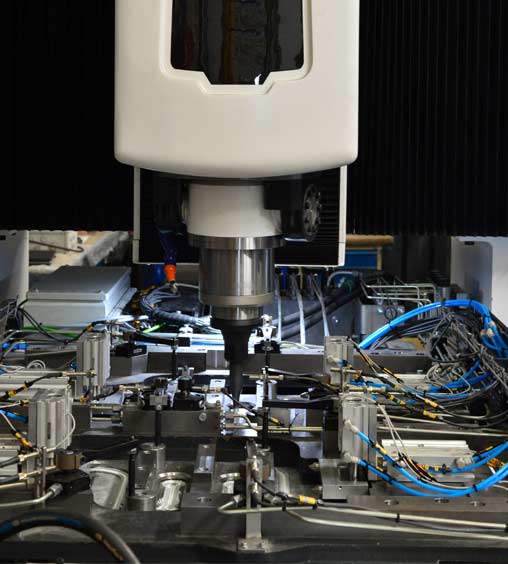
What are the benefits of ISO 3834 for businesses?
The ISO 3834 standard has many benefits for companies, particularly in industries where fusion welding is an essential process:
- Improved quality. Implementing the requirements of the standard means, first and foremost, that welded products are more reliable and more durable;
- Regulatory compliance. ISO 3834 certification also helps companies comply with legal and contractual requirements. It also gives them access to new markets;
- Cost reduction. The standard encourages rigorous management of welding processes. It leads to greater operational efficiency and reduced production costs and risks of non-compliance;
- Qualification of operators. The certification requires the use of qualified welders and inspection personnel. This improves the team’s technical skills;
- Documentation management. ISO 3834 also requires the creation of detailed documents. This facilitates quality management and enables corrective action to be taken quickly;
- Increased competitiveness. A company accredited to ISO 3834 also enhances its reputation as a supplier of high-quality welded products;
- Improved customer satisfaction. Companies committed to continuous improvement are more likely to win the loyalty of their customers.
What sectors are covered by EN 3834 certification?
ISO 3834 standard is relevant to various industrial sectors where fusion welding of metallic materials plays a major role:
- Construction and civil engineering: first and foremost, this standard guarantees the solidity of welds on buildings, bridges and metal façade structures, for example;
- Aerospace: high-precision welding is also essential to ensure the reliability of assemblies for aircraft, rockets and satellites;
- Automotive: vehicle chassis, bodywork and engine parts require high-quality welds to ensure that they function properly over time;
- Energy: ISO 3834 is used to control the manufacture of equipment for thermal, nuclear and hydroelectric power stations. It can also be used to prevent the risk of leaks in oil and gas transport and storage facilities;
- Naval and offshore: ships, submarines and offshore platforms also require welds that can withstand harsh environmental conditions;
- Manufacturing industry: the ISO 3834 standard certifies the quality of welds, which is essential for the performance and durability of industrial robots and machines;
- Rail transport: fusion welding is widely used to assemble rails, wagon panels and locomotive components. This certification is used to check their solidity in case of heavy stress;
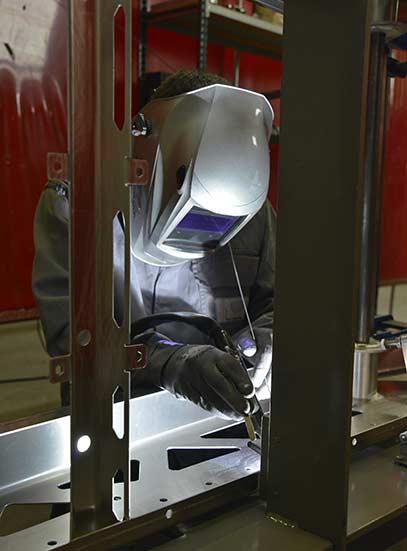
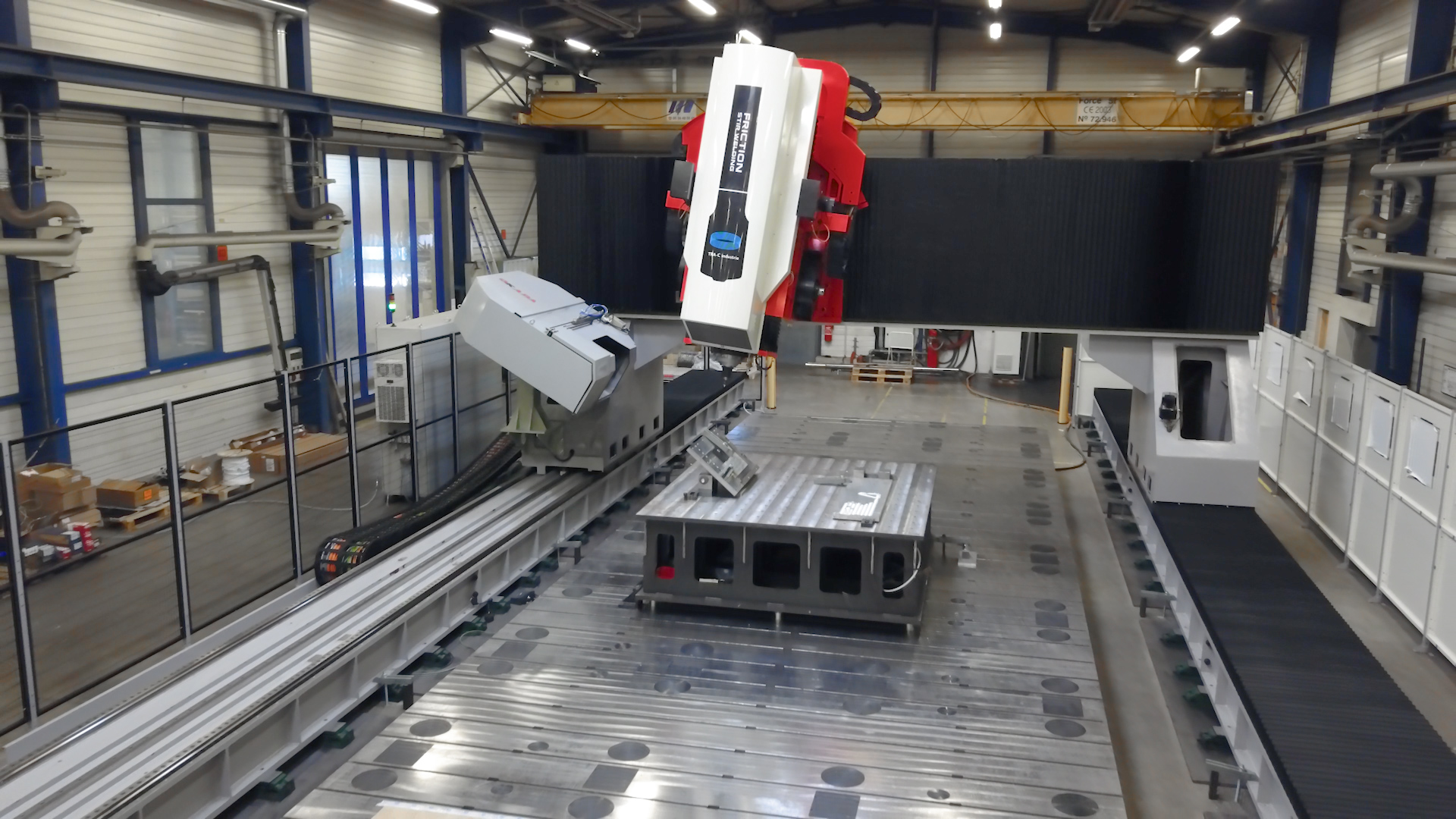
How can one become ISO 3834 certified?
Companies can get the ISO 3834 standard by subcontracting their fusion welding operations to a certified company. They can also call for a certification body to structure their processes in accordance with this label.
The initial audit provides an opportunity to analyze the current situation and examine the entire production chain. Depending on the desired level of quality, the company will then choose the appropriate ISO standard (3834-1, 3834-2, etc.).
It will then have to adjust its processes, train staff and correct any non-conformities in order to meet the series of requirements and recommendations set out in the standard. It will then be assessed by auditors to verify compliance.
Once issued, the ISO 3834 certification is valid for five years. During this period, an audit is carried out during the first three years. Finally, annual monitoring allows to check quality procedures over time.
TRA-C industrie, welding expert based on the ISO 3834 standard
Whether you call on a subcontractor for your fusion welding projects or want to be supported by a certification body, the ISO 3834 standard is now a must in the welding industry.
In order to produce strong and durable assemblies TRA-C industrie is ISO 3834-2 certified. This standard attests to our expertise in metalworking, and more specifically in fusion welding of metallic materials.
Our perfect expertise of all welding processes and our technical design office enable us to support SMEs and major accounts alike in all their projects, whatever their sector of activity.
We achieve this high level of quality thanks to teams of experienced welders who receive regular training. We also have in-house robotized welding cells, and can produce assemblies with consistent repeatability.
